A Closer Look at Housing Inventory: October Trends from Realtor.com’s Database

Hi, I’m Billy Abildgaard, broker and owner of Digital Realty US. When it comes to understanding market dynamics, tracking inventory data is key. Realtor.com’s latest residential listing database offers a comprehensive snapshot of active inventory levels across the U.S., right down to metro and ZIP code areas.
Here’s what the October data tells us about current inventory trends—and what they mean for buyers, sellers, and the overall market.
Rising Inventory Levels: Approaching Pre-Pandemic Norms
In October, active inventory rose 1.4% month-over-month to 953,814 homes, marking the highest inventory level since December 2019. This increase indicates that the market is beginning to balance out as we move closer to pre-pandemic levels.
Six Key Takeaways from October’s Inventory Data
Inventory Concentration in Three States. Over one-third of active listings in October were in Florida (15.2%), Texas (12.2%), and California (6.5%). These states' shares of active listings are interesting when compared to their population sizes. For instance, Florida's 6.6% share of the U.S. population is much lower than its 15.2% share of active listings, indicating a disproportionate number of homes for sale in the state. California, on the other hand, has a larger population (11.7%) but a smaller share of active listings (6.5%).
High New Listing Rates in Florida, Texas, and California. Roughly 28% of all new listings in October were concentrated in Florida (11.0%), Texas (9.3%), and California (7.9%). This distribution reflects these states' appeal to both buyers and sellers, especially Florida, which continues to see high listing volumes.
Seven States Surpass Pre-Pandemic Inventory Levels. Seven states—Tennessee, Texas, Arizona, Florida, Colorado, Idaho, and Utah—currently have active inventory levels above those seen in October 2019. Tennessee leads with a 14% increase, closely followed by Texas with 13% and Arizona with 11%. This rise suggests that supply in these regions is catching up with demand, creating potential opportunities for buyers.
Declines in Median Listing Prices. October saw median listing price drops in several states, with Florida down by -6.9%, Hawaii by -6.1%, and Iowa by -4.9%. This trend may be a response to shifting buyer demand and evolving economic conditions, giving buyers a chance to find better value in these areas.
- Notable Price Drops in Major Metros. Within the Top 100 metro areas, Miami (-12.3%), Honolulu (-11.4%), and San Francisco (-9.2%) saw some of the largest year-over-year declines in median listing prices. This shift, particularly in high-cost metros, suggests an easing in price growth in previously overheated markets.
- Significant Listing Price Growth in Smaller Markets. Cities like Toledo (+20.2%), Syracuse (+14.5%), and Rochester (+11.0%) led the way in year-over-year price growth. These cities are seeing strong demand and appreciation, possibly due to their relative affordability compared to larger metros.
The New England Market: Limited Inventory Despite Strong Price Growth
Interestingly, New England states like New Hampshire, Maine, and Vermont show that even with a notable 70–75% increase in home prices since 2019, inventory levels remain 45–55% below pre-pandemic levels. This scarcity highlights the region’s strong demand and constrained supply, creating an especially competitive market environment.
Final Thoughts
The October inventory data offers a nuanced view of today’s housing landscape. From inventory-rich areas like Florida to highly competitive markets in New England, the trends emphasize the importance of a localized approach to buying and selling. Understanding these shifts is key for making informed real estate decisions in a market that’s continuously evolving.
Categories
Recent Posts

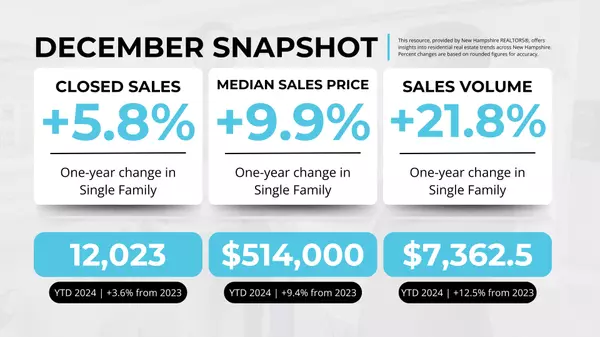
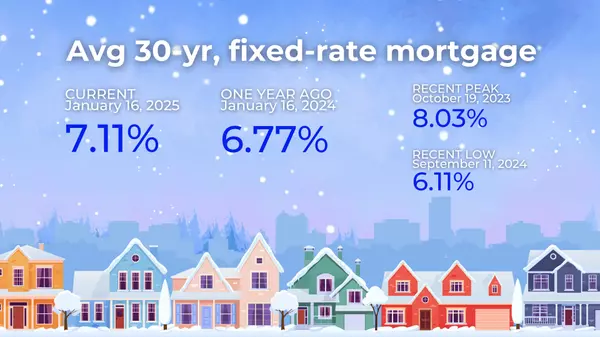
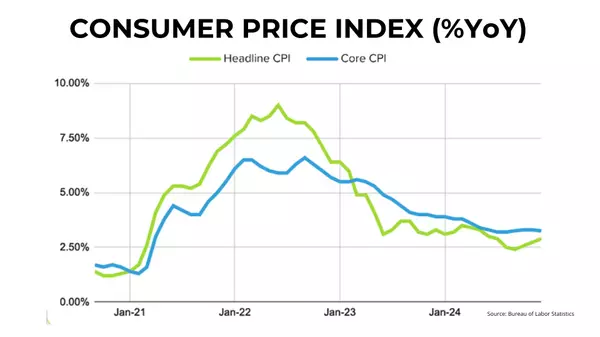

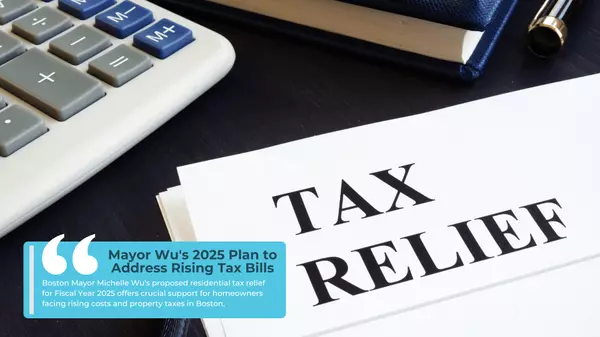
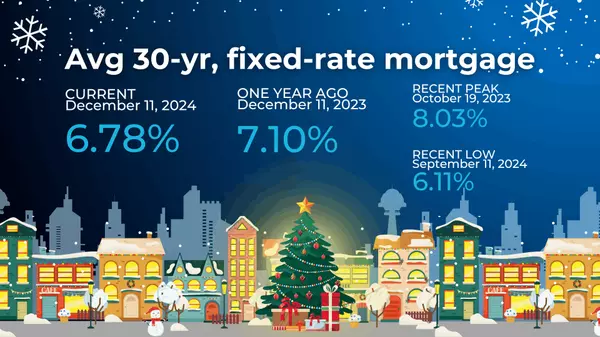
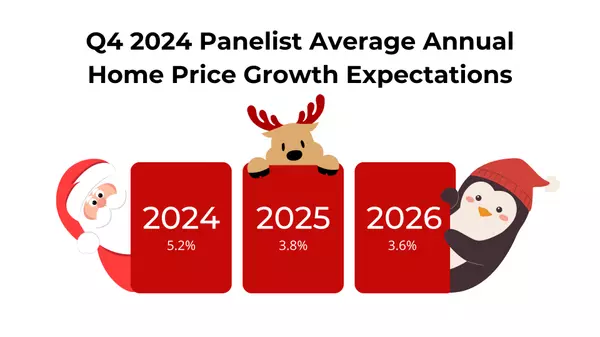
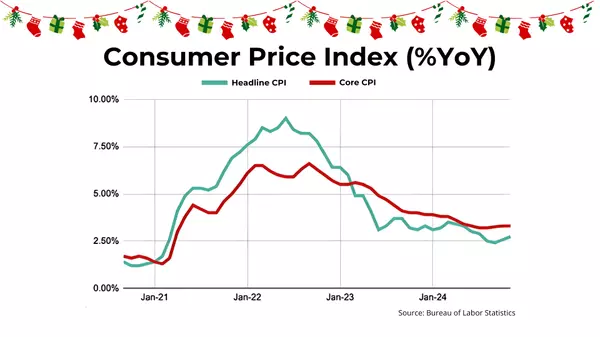

GET MORE INFORMATION

